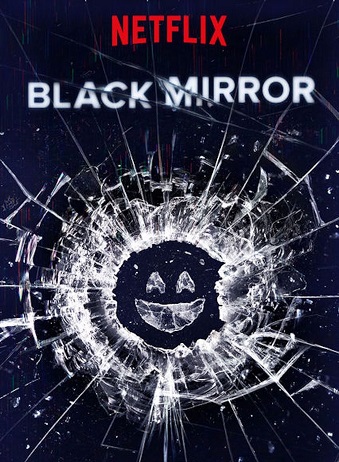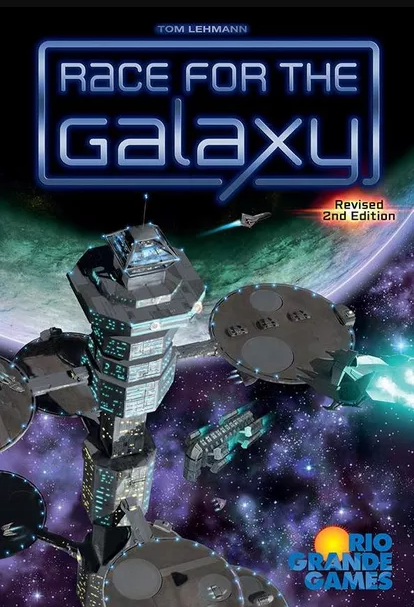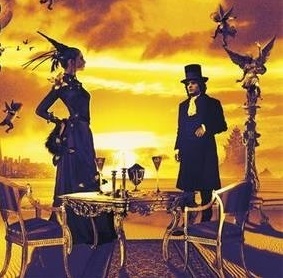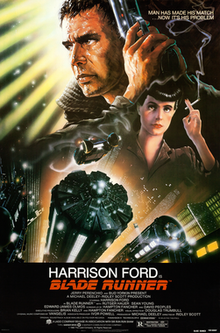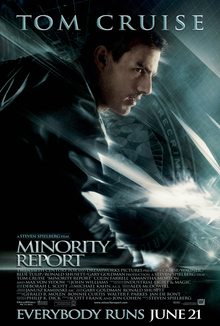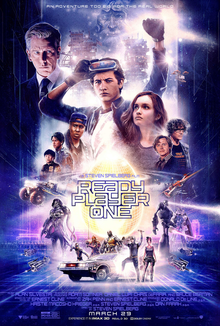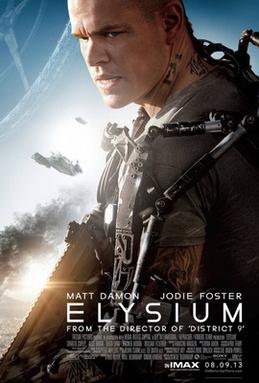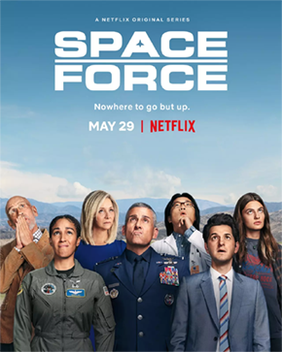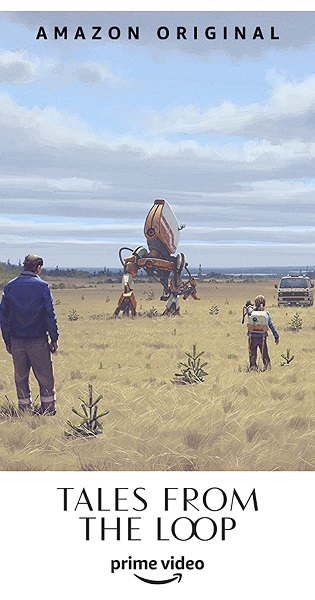Wrapping up My Top 10 Games
This post wraps up my top 10 games list, as I have completed the GeekList about the top 10 games on my BoardGameGeek user profile. As already mentioned, I have created this list as part of a project to capture for posterity details of my board gaming life. This includes digitized versions of beat-up old customized rules and accessories, much of it up on my personal gaming site: A Real Live Gaming Workshop. Presumably these sites on the Internet will outlive me, at least for a little while.
Here is the final GeekList: My Top 10 Games.
And here are the last two entries not yet published on this blog:
#1: Terraforming Mars
If you know me, you’re not surprised to see this game at the top of the list. You might think this is the only game I ever want to play! I was hooked the moment I first played it at a convention, which I’m pretty sure was on the year it came out (2016).
Terraforming Mars hits all of my favorite board game marks. It has a rich science-fiction theme. It’s super-crunchy with lots of calculating for optimization. It has patient engine-building in the early game that pays off in the later game without the game rushing to an end, as so often happens with engine-builders. It has a huge deck of cards where every card is unique, possibly my favorite feature in a game. And it also has a board with fiddly bits, and tile layout with a modest degree of pattern matching.
I think the game plays great with every expansion; they each add extra dimensions of game play, and also new unique cards for the deck. I also like that you can pick and choose which expansions to use, and have a good game with any combination. And I think the game plays well with any player count, including 2-player and even solo!
I own all the official expansions, and some fan-made ones as well (though not all the fan-made ones). I own the ‘big box’ upgrade which has a larger game box and 3D printed components to replace the original cardboard ones. It’s somewhat absurd how much I’ve invested in this game, but what can I say except that a hobbyist needs no excuse?
I’ve played solo a lot, and I’ve found that solo games make for great storytelling session reports; here’s one of my favorites: “You nuked Mars!” – a solo session with Aphrodite that begins with negative points.
I also will note that as much as I enjoy this game, I do not think there is a future for the human race in terraforming the red planet. The challenge is extraordinary and there is no payoff for the insanely high costs. I enjoy the idea as science fiction, but like all science fiction it is not realistic. It is space fantasy.
Here’s another way to think about it – if it’s worth it to terraform Mars, why haven’t we put in the effort to “terraform” Antarctica? Surely that would be much easier. Antarctica is so much less hostile an environment than Mars. For that matter, so is the ocean floor. But we don’t have any colonies in those places.
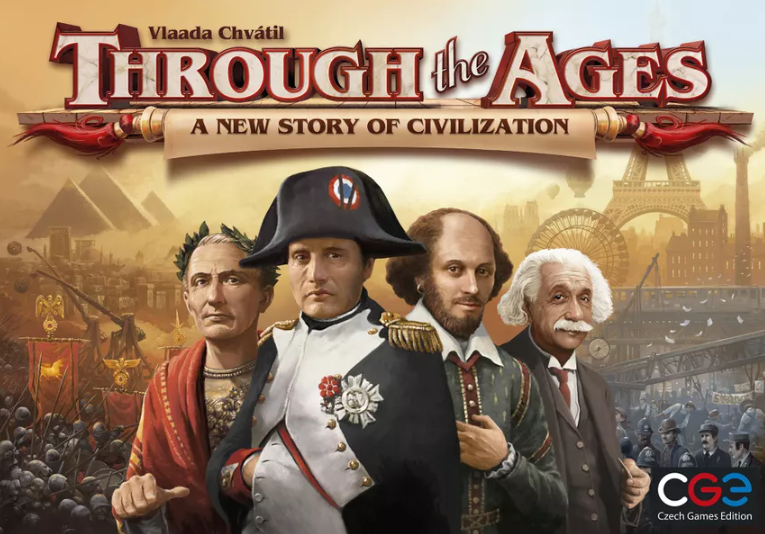
#11: Through the Ages
That’s right, my top 10 list goes to 11.
Through the Ages is a medium-to-heavy weight game with a theme of advancing civilization from ancient to modern times. I wouldn’t say that it’s my favorite civilization game; I prefer one’s like Avalon Hill’s version (already on the top 10 list), because they actually have a map of the world where your civilization spreads out and comes into contact with other players. This game is a bit more abstract in its implementation.
I will say that it has a very elegant design, with exactly enough complexity for its theme. It has a limited deck of unique cards, but they interact in so many ways that each game plays differently. You’ll often see new combinations of effects you haven’t seen before even if you’ve played scores of times already. I have a lot respect for the designer, Vlaada Chvátil – all his games are good. Even if you are not a big gamer, you might have encountered one of his more popular designs – Codenames.
Through the Ages game makes it onto the list because it has a special place in my board game biography. Ever since the pandemic back in 2020, I have had fewer opportunities for in person gaming than in the past. But some of my old friends and I have been playing this game online, more or less continuously, for four years. So I get to scratch my itch for a medium-heavy game, even though it’s really hard to actually get one to the table these days. Czech Games Edition‘s online version lets you play with no time limit on the turns, so it’s very casual playing with trusted friends.
I have spent countless hours of my life playing board games. And while not as many hours in the current stage of my life as in my past, I do have this ongoing digital game to keep me connected to the hobby, and to my good friends who share it with me.

